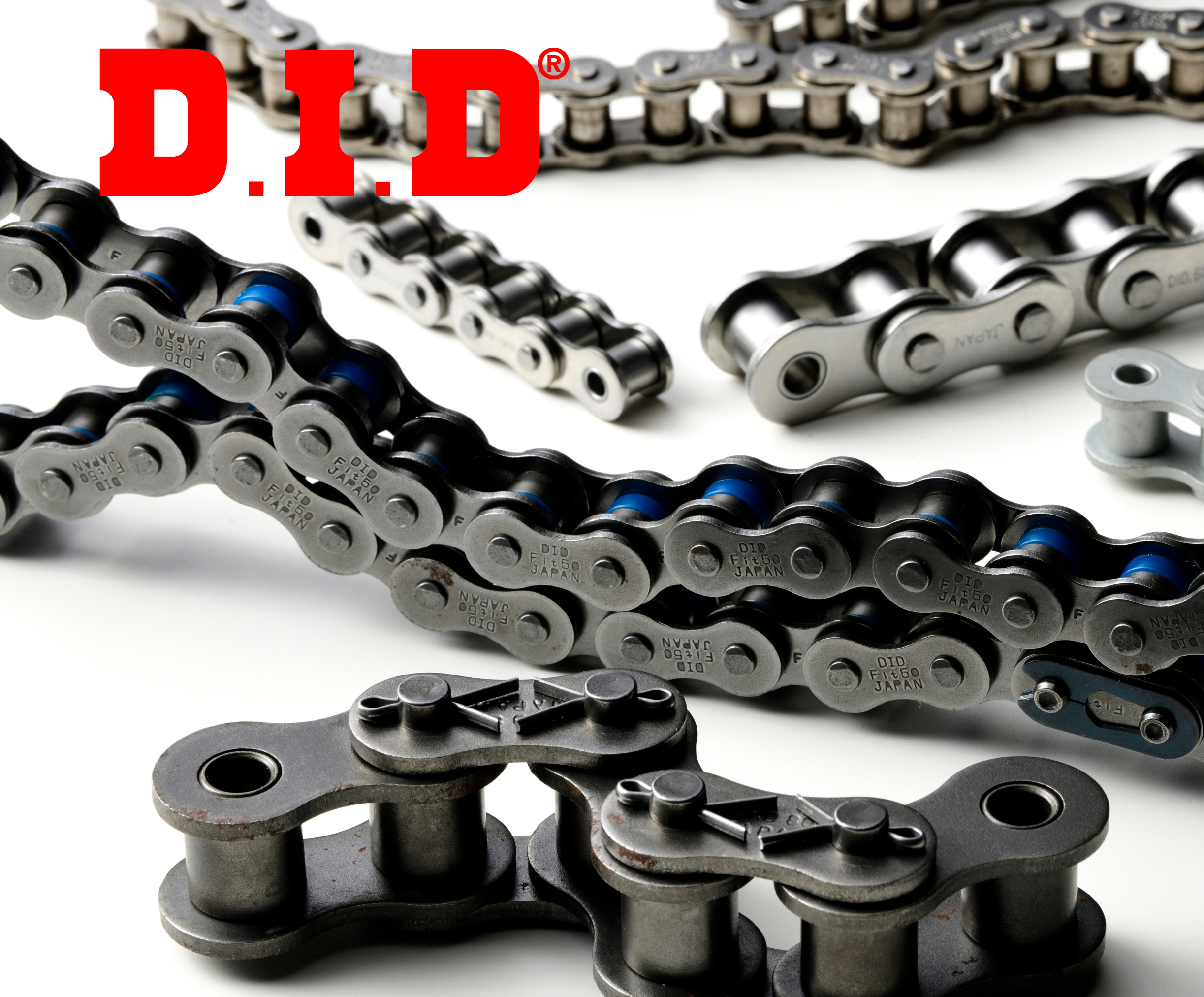Comprehensive Tax Reform Program: What you need to know
There have been changes since RA 10963 was passed last December 2017. An updated version of this guide appears here: TRAIN Package One: A Need-To-Know Guide to Republic Act 10963
The country is buzzing with one of the priority reforms of the Duterte administration: the Tax Reform for Acceleration and Inclusion (TRAIN), better known as the Comprehensive Tax Reform Program.
But what is it really and how will it help us perform better as a nation?
What is TRAIN?
There’s been a lot of confusion for the most part since our tax laws haven’t been updated for two decades1 and people are used to seeing and hearing the same tax rates over and over again.
There’s also the fact that people who are earning a lot seem to have more money to spend, and it’s not just because they’re earning more than us or know how to handle money better than us. They’re actually paying less tax than they should!
That, however, is not their fault. It’s more to do with the complicated tax system (which we will not go into detail right now).
Comprehensive Tax Reform Program: What you need to know
Suffice to say that the current tax system has made everyone’s lives a living hell, including the rich.
 TRAIN SIMPLIFIED. Here’s the shortest version of the new tax reform program. For specifics, you may want to read on.
TRAIN SIMPLIFIED. Here’s the shortest version of the new tax reform program. For specifics, you may want to read on.
This is where the new tax reforms package comes in. TRAIN addresses these problems by reducing personal income tax, simplifying estate and donor’s taxes, expands the value-added tax (VAT) base, and increasing oil and automobile excise taxes (gasp!).
What TRAIN wants to achieve can be boiled down to these:
- More money in almost everyone’s pockets. The proposed tax reforms look to put more money into people’s pockets by revamping the tax table to keep up with the times.
- Simplify VAT. Today’s VAT is confusing. There are too many exemptions (132) even though we’re being charged 12%, which is 2% higher than some of our closest neighbors (both Indonesia and Vietnam are at 10%), and their exemptions aren’t even half of ours COMBINED. Singapore’s goods and services tax (GST) is at 7%.
- Automobile and oil excise tax. Cars aren’t that cheap, but they’re not that expensive either. If you have the money to buy one, you probably have enough money to spare the government. Oil prices, on the other hand, have been stable (more or less), and are seen staying put for the next five or six years, so while this will increase gas prices, it wouldn’t hurt as much as people say it would (or so says the proposed reforms).
Let’s talk about the three most prevalent sources of taxes: personal income tax, VAT, and oil and automobile excise taxes.
Reduced personal income tax (PIT)
Let’s just say this made the most buzz online (next to more oil and automobile taxes). When people started hearing that their tax rates will drop, people started cheering. There were those who were confused, and people who asked “where will the government get its money if they don’t tax us?”
What “reducing PIT” will do is this: Simplify the personal income tax system. Imagine going from this…
 IMAGE Bureau of Internal Revenue
IMAGE Bureau of Internal Revenue
… to this.

Yeah. Not as confusing, right? All you have to look at is how much you earn in a year, take a portion of that, and give it to the government via the Bureau of Internal Revenue (BIR). If the chart confuses you, here are a couple of graphics that should hit home:
 EARNING SOMEWHERE AROUND P20,000? Here’s how your taxes will look like.
EARNING SOMEWHERE AROUND P20,000? Here’s how your taxes will look like.
This extends all the way to P21,777.15 per month as per the Department of Finance’s (DOF) Tax Calculator2, which is based on the tax reforms under TRAIN. Minimum wage earners won’t feel the effects as they’re already exempt from paying taxes, but if you’re earning a bit more than minimum (i.e. around P15,000), you’ll still feel a difference as you won’t be paying taxes anymore.
 MANAGEMENT-LEVEL? You’ll be paying income taxes AND saving money at the same time.
MANAGEMENT-LEVEL? You’ll be paying income taxes AND saving money at the same time.
If you’re earning around P50,000 a month, you can be happy as you’re doing your civic duty while still saving money for the things that matter.
 SIX DIGIT PAYCHECK? Prepare to “tighten your belts” as we Filipinos love to say.
SIX DIGIT PAYCHECK? Prepare to “tighten your belts” as we Filipinos love to say.
This is a ball-park amount, but it should be enough to tell you that if you’re one of those high-rollers, you’ll have to do a bit more penny pinching than usual.

Taxes on your bonuses (if you’re getting taxed at all) will stay the same: you get to keep P82,000 of your bonuses plus whatever’s left after applying taxes.
If you want to know how you will be affected salary-wise, visit the DOF Tax Calculator website and compare how much you get taxed now versus how much you’ll get taxed after the tax reforms push through.
Simpler VAT
Right now, our VAT looks like this:
 SIMPLE? Wait ‘till you see what’s next.
SIMPLE? Wait ‘till you see what’s next.

A bit absurd? A lot of people seem to think so. It’s the highest among our neighbors at 12%, but what baffles us the most is the number of exemptions (59 lines plus 84 via special laws). Yes, you can take away 11 from that because of the overlap between the exemption lines and special laws, but that still leaves us with over 130 exemptions.
What is TRAIN going to do about this? Well, to put it simply, TRAIN will limit these exemptions to necessities – raw food, education, and health.
 NO LONGER TAX-FREE. To be more specific, these are the things that will be taxed.
NO LONGER TAX-FREE. To be more specific, these are the things that will be taxed.
What does this mean for us? It means that we’ll be paying more for things we need every day, but not by much. Oh, and by the way, senior citizens and PWDs will still be exempted from paying taxes.
More oil and automobile excise taxes

Yes, it’s happening. Oil prices will go up, along with the prices of buying a ride. A lot of motorists are already alarmed by this, saying this will do more harm than good.
 PAY MORE FOR CARS. Here’s how much you’ll pay if you bought the cars you may have right now.
PAY MORE FOR CARS. Here’s how much you’ll pay if you bought the cars you may have right now.
The government, however, sees things differently. For one, they feel that by charging a higher tax for cars, they’re effectively cutting off an influx of cars that might come when the PIT is lowered; i.e. the daily traffic wouldn’t get worse.
More than the traffic situation, the government sees this particular excise tax as a way to get more funds if people still try to get more cars.
 FUEL UP? You may want to rethink that once the tax reforms kick in.
FUEL UP? You may want to rethink that once the tax reforms kick in.
Higher oil prices might affect our day-to-day expenses (public transportation fares, basic goods, etc.), but the government doesn’t see this affecting our expenses too much. Besides, we’ll have more money to spend from the income tax adjustments anyway.
Recent data suggests that inflation will remain at about the same rate, and if it does go out of control, certain measures will be put in place, like the Pantawid Pasada Program and targeted cash transfers.
Conclusion
So far, these three (or four, depending on how you count them) will affect us the most. Their effects will be significant: people will have more money to buy things with, prices for goods and services will rise but not as much as we fear, and we’ll have a more streamlined tax system compared to what we have today.
The government, for their part, will have more money to invest in their many projects, most of which will help the country be even better off by 2022. The reforms will also make tax collection easier, which should make it easier for them to track where our taxes go.
It looks like a win-win situation for both sides, but with the bill yet to be passed into law, any of its supposed effects, good or bad, remain to be seen.
We’d like to know what you think about the tax reforms being proposed. Hit us up in the comments section below for your thoughts on the tax reforms or the country’s tax system in general.
If you’d like to delve deeper into the proposed reforms, you can visit their website3 to see information and the latest news about the proposed tax reforms.
Written by Andronico Del Rosario
Source: Department of Finance Tax Reform microsite
All images grabbed from DOF
1 National Internal Revenue Code of 1997; 2 Tax Calculator; 3 dof.gov.ph/taxreform













